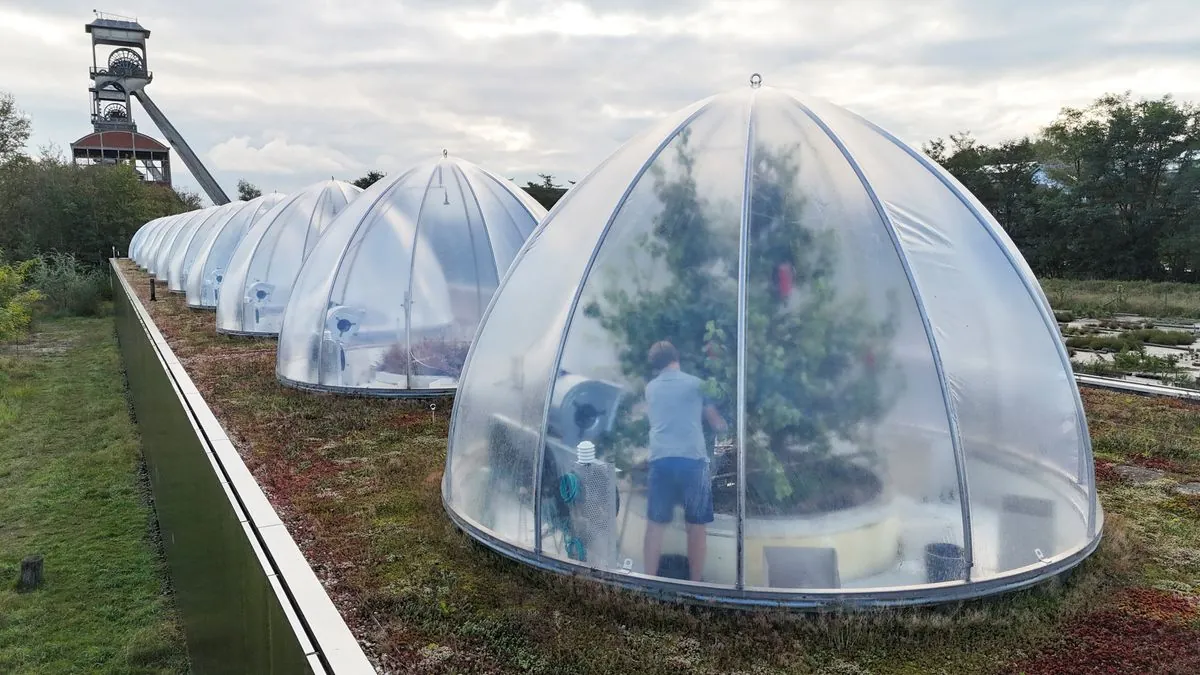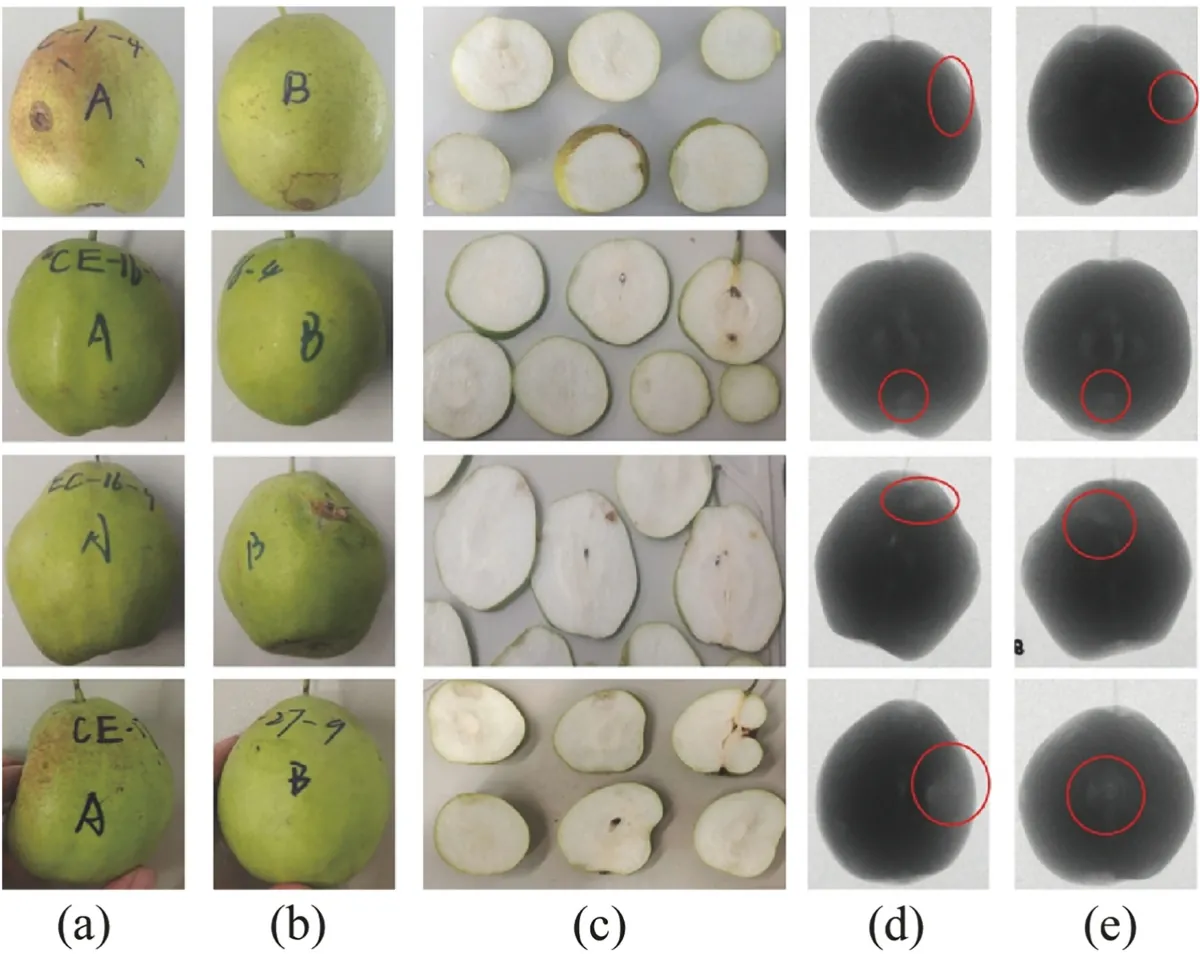Belgian Scientists Simulate 2040 Climate to Study Pear Growth Impact
Researchers in Belgium are using transparent domes to simulate 2040 climate conditions for pear growing. Initial results show minor effects on fruit quality but changes in ecosystem functioning.

In the heart of Belgium's pear-growing region, an unusual sight greets visitors: 12 transparent domes perched high above a nature park, reflecting the surrounding landscape. This unique research facility in Limburg province is not just a visual spectacle but a crucial scientific endeavor aimed at understanding the future of fruit cultivation in a changing climate.
Francois Rineau, associate professor at the University of Hasselt, explains the purpose of these futuristic structures: "We're simulating the climate conditions expected in 2040, characterized by more frequent heatwaves, irregular precipitation patterns, and overall higher temperatures." This innovative approach allows researchers to peek into the future of pear cultivation, a crop that has been grown for at least 3000 years and now boasts over 3000 known varieties worldwide.
The first harvest in 2023, now 11 months ago, yielded intriguing results. Contrary to some expectations, the impact of simulated 2040 climate conditions on pear quality was minimal. However, Rineau notes significant changes in ecosystem functioning, particularly in carbon dioxide absorption due to an earlier growing season.

At the Flanders Centre of Postharvest Technology (VCBT), researchers are meticulously studying the harvested pears. Dorien Vanhees, a VCBT researcher, highlights the potential challenges: "Higher temperatures tend to result in less firm pears with higher sugar content." This could pose problems for growers, as softer fruits have shorter storage lives, potentially reducing marketable quantities.
The experiment, set to continue for three years, aims to capture the variability of weather patterns and extreme events that can devastate crops. This long-term approach is crucial, considering that pear trees can live for 50 to 75 years under optimal conditions, making adaptation strategies vital for the industry's future.
Current climate change effects are already evident in European pear production. Belgium, a significant player in the pear market, is expected to see a 27% decrease in production this year due to factors like early blooming and late frosts. This volatility underscores the importance of research like that conducted in Limburg.
As the world's largest pear producer, China, along with other major growers like the United States and Italy, will be watching these results closely. The findings could have far-reaching implications for global pear cultivation, potentially influencing everything from farming practices to the varieties grown.
While pears are generally less prone to pest and disease problems compared to apples, the changing climate presents new challenges. The research in Belgium may provide valuable insights into maintaining the health and productivity of pear orchards, ensuring that this "butter fruit" – a historical nickname due to its soft texture when ripe – continues to be a staple in diets worldwide.
As the experiment progresses, it will not only shed light on the future of pear growing but also contribute to our understanding of climate change's broader impacts on agriculture and ecosystems. The transparent domes in Limburg stand as beacons of scientific inquiry, offering a glimpse into the complex interplay between climate, agriculture, and the resilience of one of humanity's oldest cultivated fruits.


































